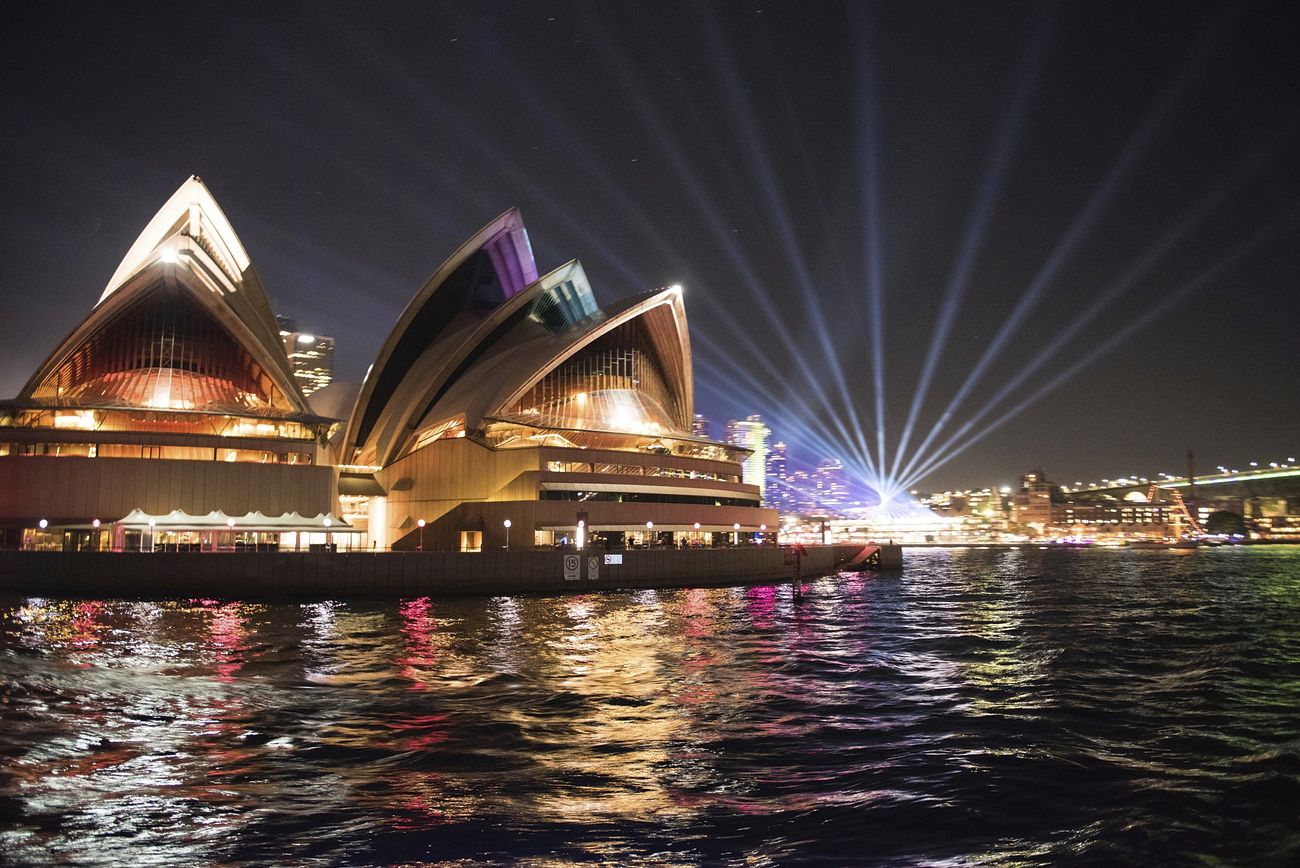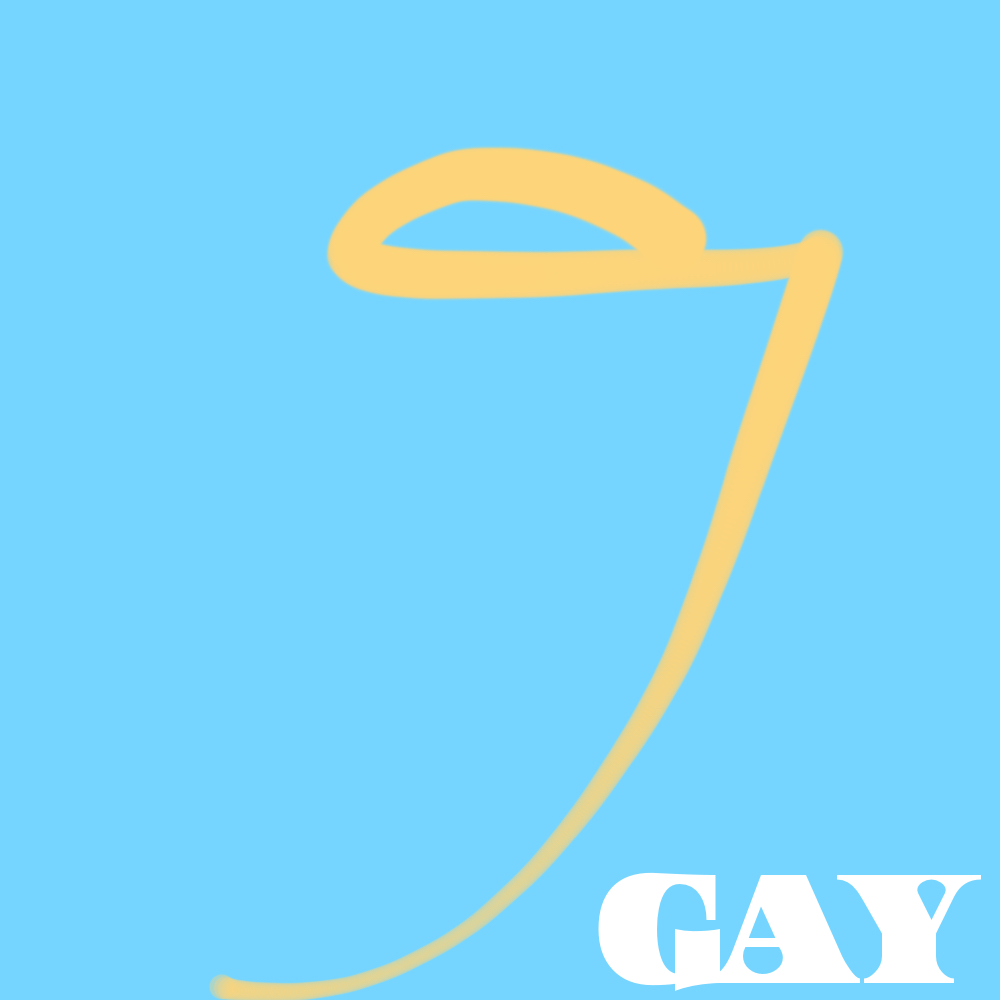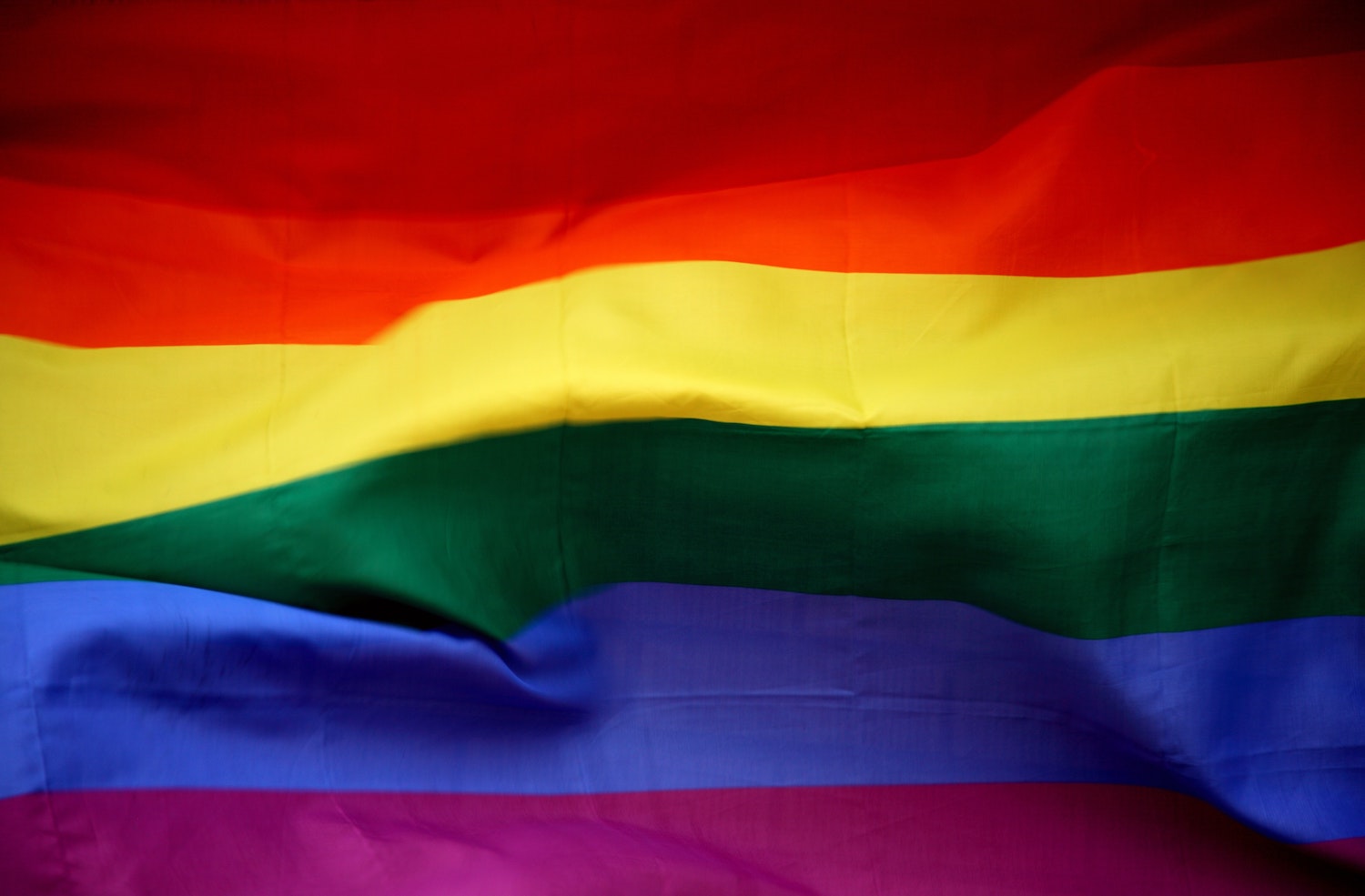Table of Contents
The Sydney Gay and Lesbian Mardi Gras Parade is an annual event held in Sydney, Australia, typically on the first Saturday of March. The parade is one of the largest celebrations of LGBT+ culture and pride in the world, with hundreds of thousands of people attending each year.
When was the first Mardi Gras in Sydney?
The Mardi Gras Parade began in 1978 as a protest march to demand equal rights for LGBT+ people, and has since evolved into a celebration of LGBT+ culture and diversity. The parade features a colorful procession of floats, marching groups, and performers, all decked out in vibrant costumes and displaying messages of LGBT+ pride and visibility.
The event attracts visitors from all over the world and is a major cultural and economic event for Sydney. In addition to the parade, many other events and activities are held throughout the city during Mardi Gras season, including parties, concerts, art exhibits, and film screenings.
The Sydney Gay and Lesbian Mardi Gras Parade has played an important role in promoting LGBT+ visibility and acceptance in Australia and has contributed to significant progress in LGBT+ rights over the years. It is a celebration of diversity, inclusivity, and the ongoing struggle for equality, and a reminder of the power of community and solidarity.
What’s the route of the Sydney Mardi Gras?
The parade route changes slightly each year, but generally follows a similar path through the heart of Sydney.
The 2022 Sydney Mardi Gras parade will take place on Saturday, March 5th, and is expected to start at 7:30 pm AEDT (Australian Eastern Daylight Time). The parade will start at the corner of College Street and Liverpool Street in the Sydney CBD (Central Business District) and will travel down Oxford Street, which is a major road known for its vibrant LGBTQ+ scene.
The parade will continue along Oxford Street until it reaches Flinders Street, where it will turn right and proceed towards Moore Park. The parade will finish at the Entertainment Quarter in Moore Park, where a post-parade party will take place.
The parade route is typically lined with spectators who come out to cheer on the colorful floats, dancers, and performers who participate in the parade. The Mardi Gras festival also includes a range of other events, including parties, art exhibitions, and community events, which take place in the weeks leading up to the parade.
How many people go to Sydney Mardi Gras?
The number of people who attend the Sydney Gay and Lesbian Mardi Gras varies from year to year, but it typically attracts hundreds of thousands of people from all over the world. In 2020, the event attracted an estimated 500,000 people to the parade route, while in 2021, due to COVID-19 restrictions, the event was held in a scaled-down format with limited attendance.
The Sydney Mardi Gras is not just a parade, but also a series of events that take place over several weeks, including parties, concerts, art exhibitions, and other cultural events. These events attract a diverse range of attendees, including members of the LGBTQ+ community, allies, tourists, and locals.
When was homosexuality legalised in Australia?
Homosexuality was decriminalized in Australia at different times across the different states and territories.
In the Australian Capital Territory (ACT), homosexuality was decriminalized in 1975.
In South Australia, homosexuality was decriminalized in 1975.
In Tasmania, homosexuality was decriminalized in 1997.
In New South Wales, homosexuality was decriminalized in 1984.
In Victoria, homosexuality was decriminalized in 1981.
In Western Australia, homosexuality was decriminalized in 1990.
In Queensland, homosexuality was decriminalized in 1991.
The decriminalization of homosexuality in Australia was a significant milestone in the history of LGBTQ+ rights in the country, and it paved the way for further legal and social progress towards equality for LGBTQ+ people. It’s important to note that while homosexuality was decriminalized, discrimination and prejudice against LGBTQ+ people persisted in Australia and continue to be addressed today.




